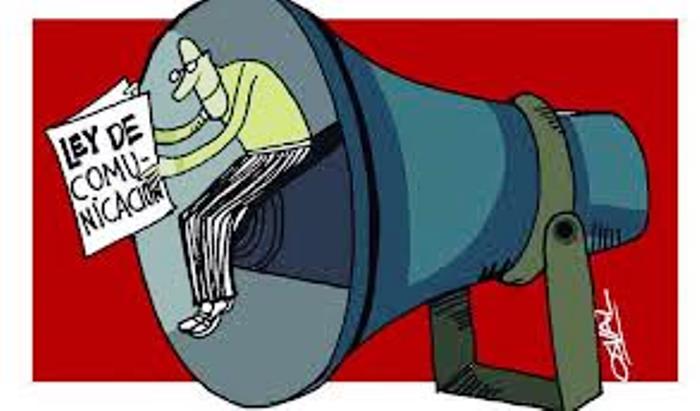The Troubled Path of the Social Communication Law.

Effective social communication is not a luxury, it is a right. If this law is implemented transparently, it could be the first step so that no one ever again feels blind to the problems that affect us all.

The Social Communication Law won’t solve all the problems, but it can be a key tool for the public to understand the causes of difficulties and the actions being taken to address them.
Living in poverty without information is not the same as knowing that efforts are underway to solve them. Today we analyze how this law could bring us closer to more transparent and useful communication.
In Matanzas, for example, there are challenges that affect everyone: garbage collection, neglected green spaces, sewage in the streets, the scarcity of drinking water, and power outages. These are visible problems, but how are they being addressed? The law should guarantee that this information reaches the public directly, without beating around the bush or using propaganda.
Today, public agencies have social media accounts and websites, but the sheer volume of information confuses more than it helps. People seek clear answers and end up overwhelmed. We need a single platform that centralizes only the essentials: verified, non-politicized information with facts and concrete solutions.
The Social Communication Law should create a system where, with a single click, any citizen can access up-to-date information about their locality. Brief, precise, and straightforward. It’s not about hiding realities, but about communicating them honestly to build trust.
Effective social communication is not a luxury, it’s a right.
If this law is implemented transparently, it could be the first step toward ensuring that no one ever again feels in the dark about the problems that affect us all.
Written by Enrique Tirse.




